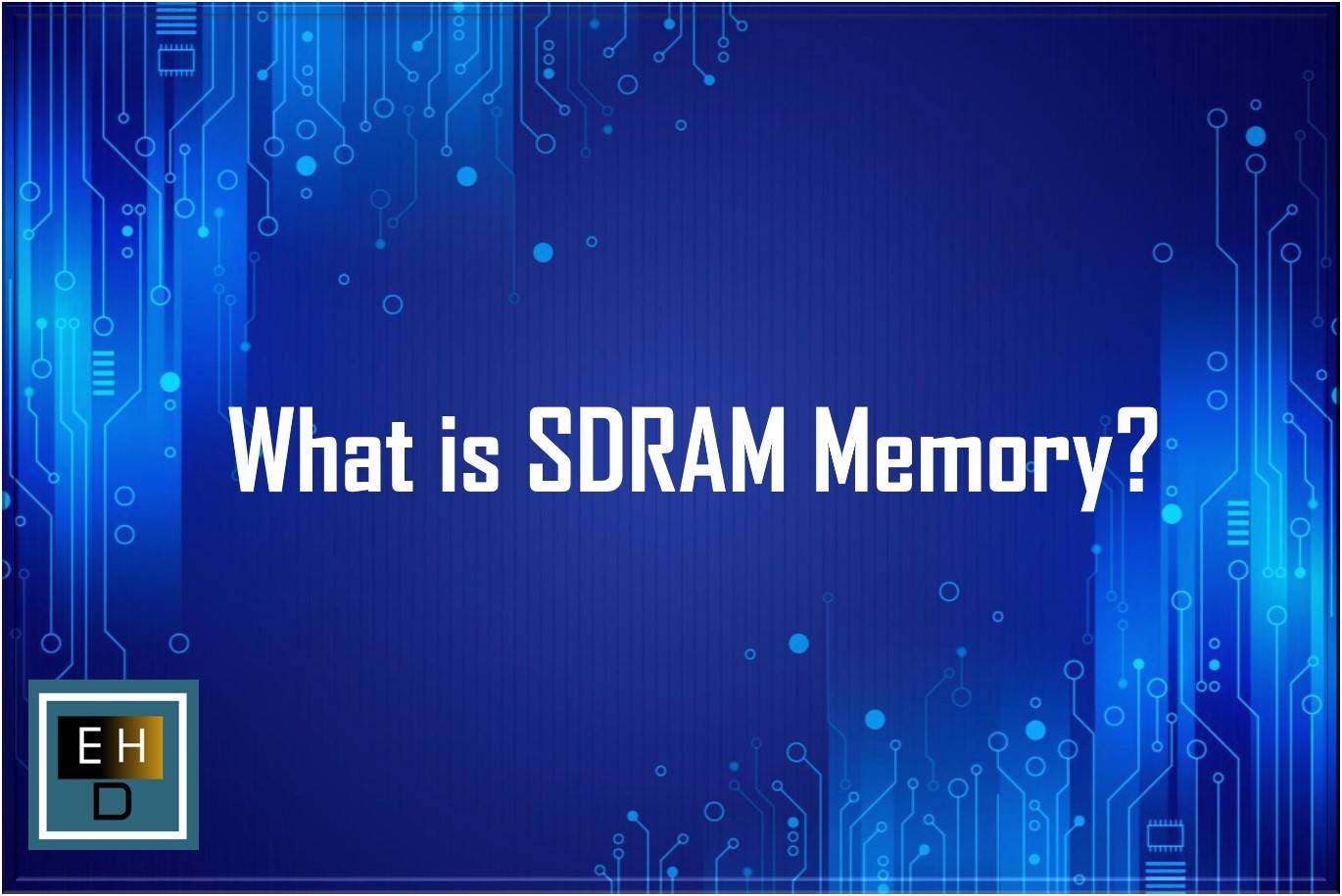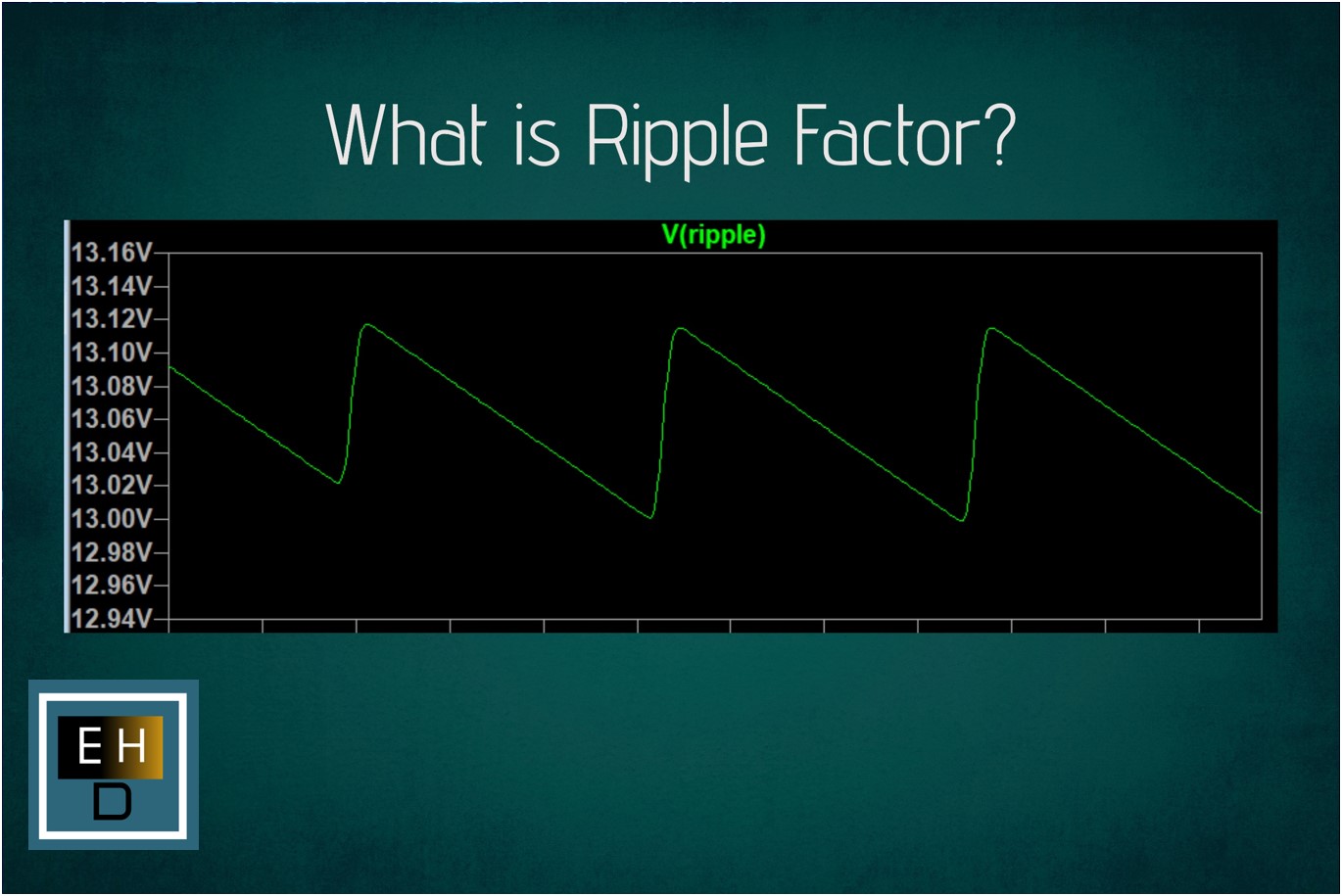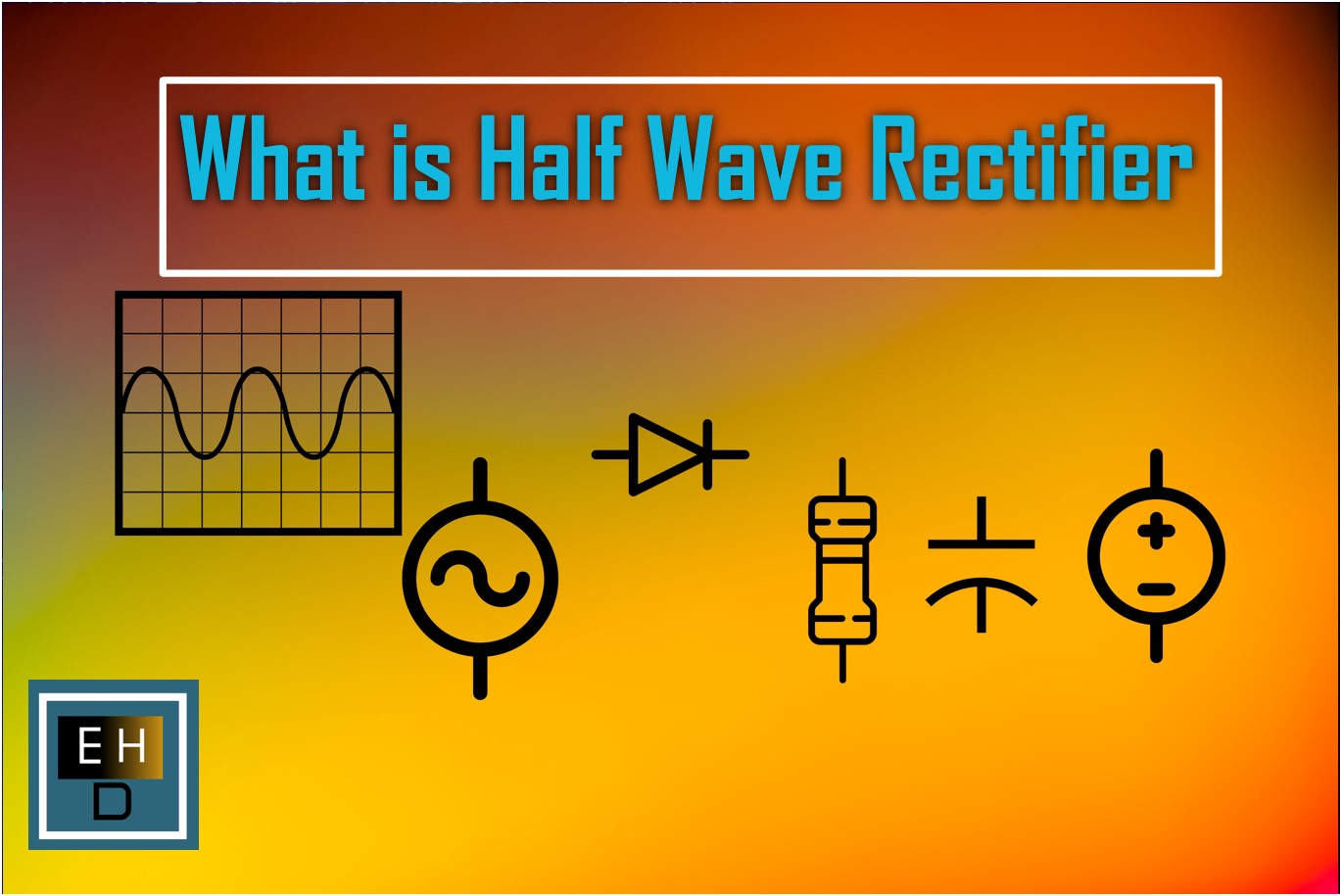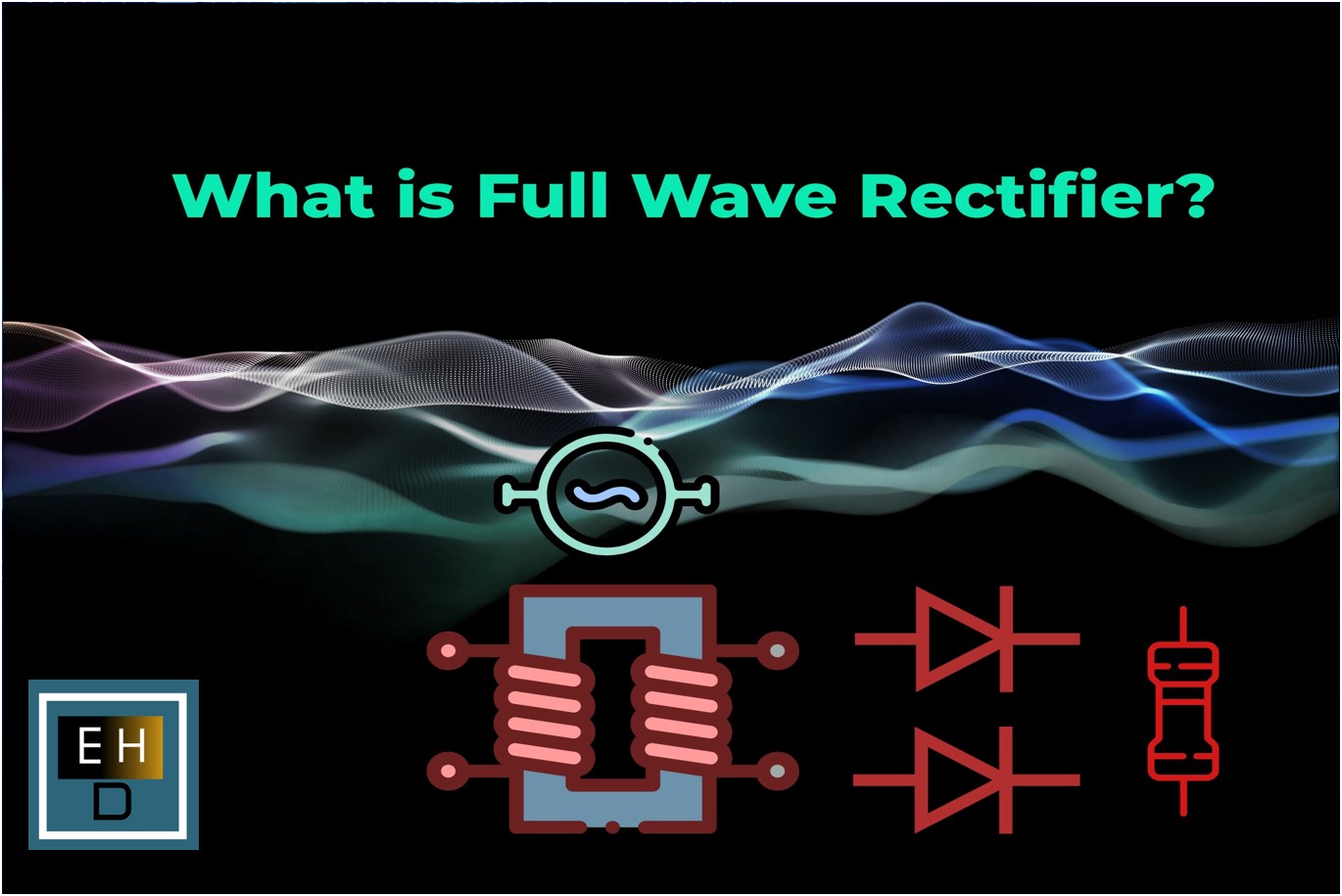In the latest breakthrough, ST has released its cutting-edge Next Gen Multizone (8×8) Time-of-Flight (ToF) Ranging Sensor VL53L8CX, achieving a significant leap in ranging capabilities. The VL53L8CX combines a cutting-edge VCSEL with two sophisticated metasurface lenses within an innovative, compact module. This integration expands its capabilities for diverse high-performance applications, including but not limited to low-power system activation, gesture recognition, robotics SLAM, liquid level monitoring, and numerous others.
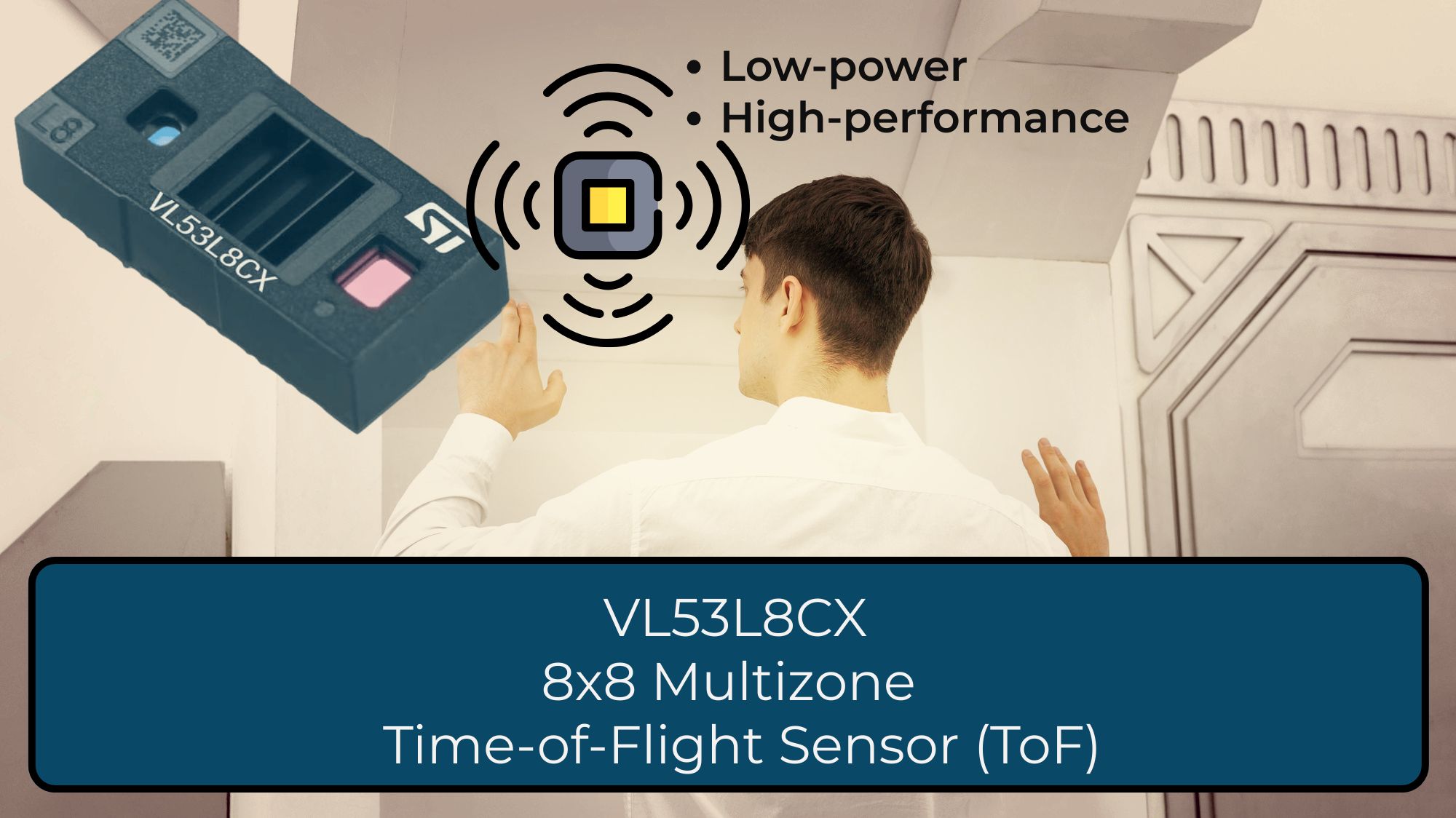
In comparison to its predecessor, the VL53L5CX, the enhancements in this new sensor mark a remarkable advancement. Notably, these improvements enhanced the sensor’s resilience against ambient light interference, resulting in a remarkable extension of its maximum range under daylight conditions—from 170cm to an impressive 285cm. Additionally, a substantial reduction in power consumption is witnessed, plummeting from 4.5 mW to a mere 1.6 mW when operating in low-power mode.
Unveiling the VL53L8CX: a groundbreaking 8×8 multizone Time-of-Flight (ToF) ranging sensor that revolutionizes performance, particularly in challenging ambient light conditions, while significantly reducing power consumption. Leveraging the cutting-edge STMicroelectronics FlightSense technology, this sensor is meticulously crafted to deliver unparalleled precision in ranging, extending its accuracy up to an impressive 400 cm, all within a wide 65° Diagonal Field of View (FoV). This innovation leverages a state-of-the-art VCSEL and sophisticated silicon-based meta-optics to propel the sensor’s performance to unprecedented heights.
The VL53L8CX sensor’s versatility extends its application horizon across various domains. In the field of mobile robots, particularly autonomous vacuum cleaners, this sensor plays a pivotal role in refining guidance capabilities. Imagine these robots navigating rooms with unparalleled precision, utilizing the sensor’s floor-sensing prowess to detect subtle variations for efficient cleaning. Its small object detection capability ensures the identification and avoidance of obstacles, allowing seamless movement through cluttered spaces. Moreover, the sensor’s cliff detection capability safeguards against accidental falls or mishaps, ensuring safe and reliable operation in multi-level environments.
Expanding beyond robotics, the VL53L8CX finds relevance in diverse sectors. In the automotive industry, it can be instrumental in advanced driver-assistance systems (ADAS), aiding in object detection and collision avoidance. Additionally, in industrial automation, this sensor becomes a critical component for conveyor belt systems, enabling accurate object detection and tracking for efficient material handling.
Further applications emerge in the realm of smart devices. Picture smartphones equipped with this sensor for enhanced camera autofocus functionality, capturing sharper images by swiftly adjusting focus. Similarly, in smart home systems, the sensor facilitates gesture recognition for intuitive control of devices, adding a touch of futuristic convenience to daily life.
Introducing the cutting-edge next-generation Time-of-Flight (ToF) sensor, boasting remarkable enhancements in both power efficiency and distance-ranging capabilities. This advanced sensor introduces a multitude of features, including a dynamic multizone distance measurement function, available in either 4×4 or 8×8 independent zones.
Operating in an autonomous low-power mode, this sensor offers programmable interrupt thresholds, empowering it to rouse the host system intelligently. Impressively, it delivers precise ranging capabilities of up to 400 cm, showcasing superior performance even in challenging ambient light conditions.
The sensor’s multitarget detection and distance measurement in each zone provide an intricate level of detail, further refined by histogram processing and algorithmic compensation, effectively mitigating cover glass crosstalk for unparalleled accuracy.
Each zone is equipped with a motion indicator, offering real-time insights into target movements, enabling a comprehensive understanding of their motion patterns. With a remarkable frame rate capability of 60 Hz, this fully integrated miniature module boasts a wide 65° diagonal square Field of View (FoV), achieved through state-of-the-art diffractive optical elements (DOEs) enhancing both transmitter and receiver functionality.
The sensor’s receiving array comprises single photon avalanche diodes (SPADS), while being intelligently managed by a low-power microcontroller running optimized firmware. All this functionality is packed into a compact form factor measuring 6.4 x 3.0 x 1.75 mm, ensuring effortless integration into diverse systems.
Its seamless integration is further facilitated by being a single reflowable component, operating with a 1.8 V core supply and 3.3 V AVDD supply, offering flexible interface voltage levels of 1.2 V or 1.8 V IOVDD. The sensor communicates effortlessly via I²C, supporting speeds of up to 1 MHz, or SPI, reaching impressive speeds of up to 3 MHz.
Moreover, this sensor’s compatibility extends across a wide range of cover glass materials, and it excels even when hidden behind a dark cover glass, making it an ideal choice for applications where concealment is crucial.
With multitarget detection, motion indicators, and advanced compensation for cover glass interference, this miniature module offers a wide field of view and high-speed frame rates. Its compact size, flexible interface, and compatibility with various cover glass materials make it a versatile and easily integrated solution for diverse applications, including those requiring concealed installations.
As per ST’s latest update, The VL53L8CX is available now, housed in a 6.4mm x 3.0mm x 1.75mm leadless package, from $3.60 for orders of 1000 pieces.
Author Profile
- 20+ years embedded hardware design professional with a burning passion for teaching. Sharing the intricate world of embedded hardware is my mission and joy.
Latest entries
 Tech Updates14 September 2025Renesas Launches RL78/L23 Ultra-Low-Power MCUs to Power Smarter Home Appliances
Tech Updates14 September 2025Renesas Launches RL78/L23 Ultra-Low-Power MCUs to Power Smarter Home Appliances Blogs7 September 2025High-Speed PCB Layout Design Guide-103
Blogs7 September 2025High-Speed PCB Layout Design Guide-103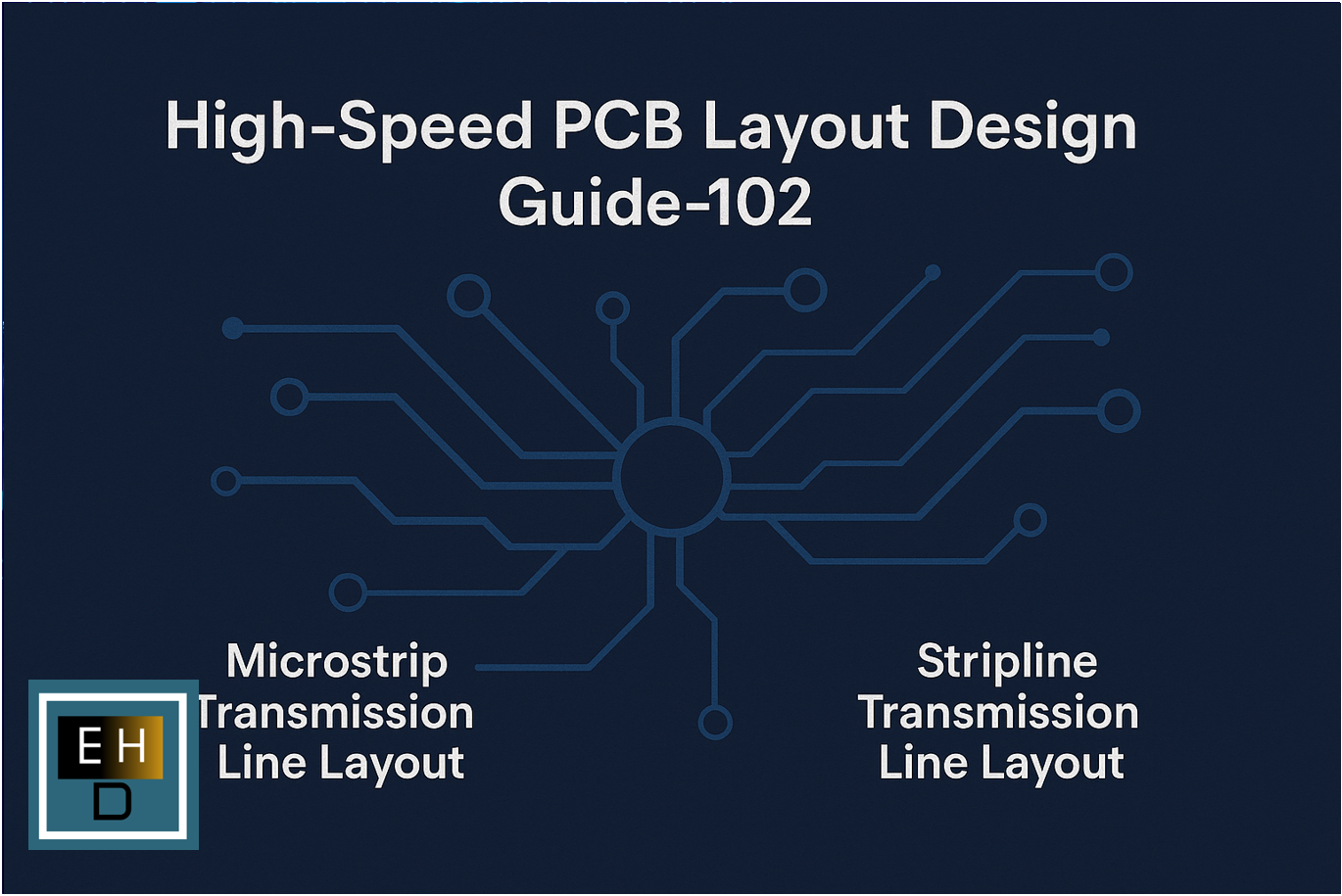 Blogs10 August 2025High-Speed PCB Layout Design Guide-102
Blogs10 August 2025High-Speed PCB Layout Design Guide-102 Blogs20 July 2025The Power of Speed: The Role of Rapid Prototyping in Modern Product Development
Blogs20 July 2025The Power of Speed: The Role of Rapid Prototyping in Modern Product Development


